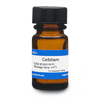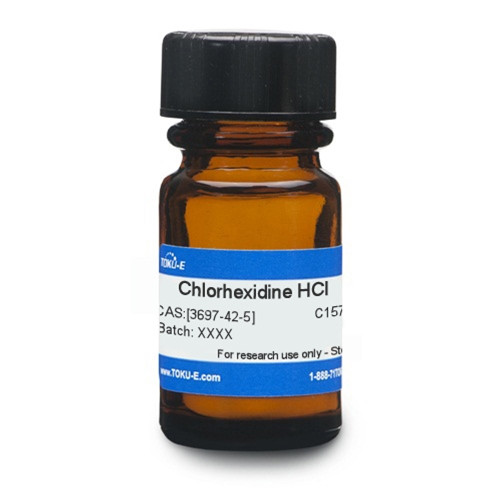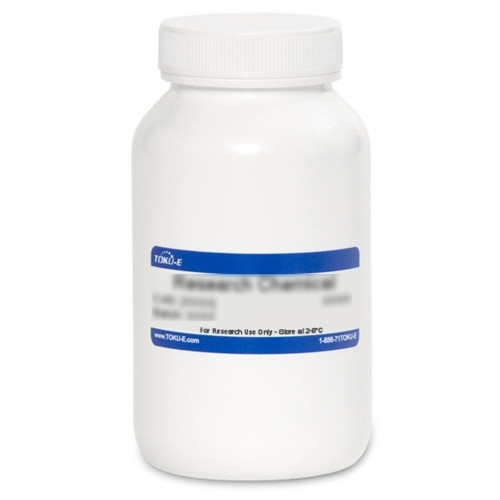Cefotiam Dihydrochloride is a broad-spectrum, third-generation cephalosporin β-lactam antibiotic that was patented in 1973. It interferes with bacterial peptidoglycan synthesis. It is commonly used in antimicrobial susceptibility testing, and is effective against MRSA.
Cefotiam Dihydrochloride is freely soluble in water.
| Mechanism of Action | Like β-lactams, cephalosporins interfere with PBP (penicillin binding protein) activity involved in the final phase of peptidoglycan synthesis. PBP’s are enzymes which catalyze a pentaglycine crosslink between alanine and lysine residues providing additional strength to the cell wall. Without a pentaglycine crosslink, the integrity of the cell wall is severely compromised and ultimately leads to cell lysis and death. Resistance to cephalosporins is commonly due to cells containing plasmid encoded β-lactamases. |
| Spectrum | Cefotiam is a broad-spectrum antibiotic targeting a wide variety of Gram-positive and Gram-negative bacteria. Cefotiam can be used for MRSA but is not effective against Pseudomonas aeruginosa. |
| Microbiology Applications | Cefotiam is commonly used in clinical in vitro microbiological antimicrobial susceptibility tests (panels, discs, and MIC strips) against Gram-positive and Gram-negative microbial isolates. Medical microbiologists use AST results to recommend antibiotic treatment options. Effective concentration ranges include:
|
| Molecular Formula | C18H23N9O4S3•2HCl |
| References | Georgopapadakou NH (1992) Mechanisms of action of cephalosporin 3'-quinolone esters, carbamates, and tertiary amines in Escherichia coli. Antimicrob. Agents Chemother. 37(3):559-565 Korting HC, Niederauer H, Ollert M (1986) Bactericidal activity of Cefotiam and ceftizoxime against Neisseria gonorrhoeae in an in vitro model simulating plasma and cantharidal blister fluid levels after the single intramuscular application of one gram. Chemother. 32(3):260-269 PMID 3086050 |








